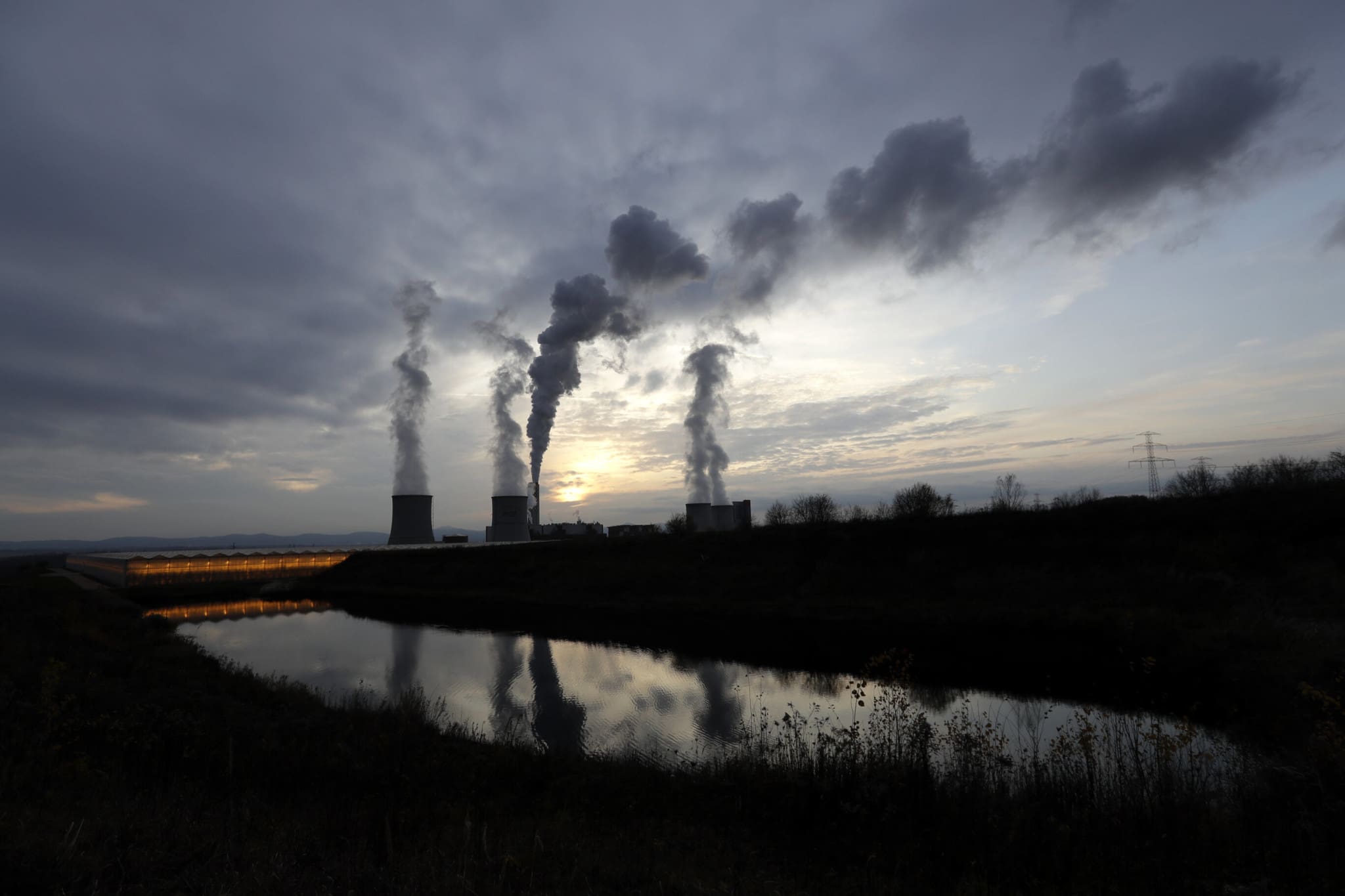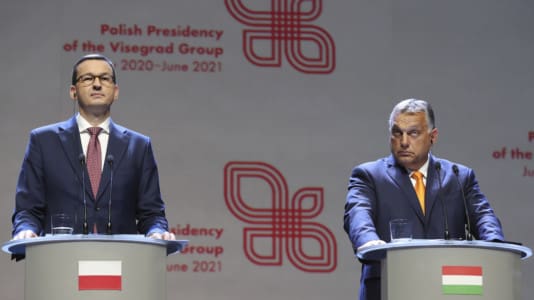The energy crisis and Putin’s closing of the gas taps are leading to governments and economists to take a second look at coal, once nearly universally condemned as “dirty,” as at least a partial solution to the ongoing energy crisis. The Czech government has in fact already gone down this path, leaving environmental and climate activists a little confused about this decision, economist Jan Ferenc writes in his commentary for the iDNES.cz news outlet.
In 2022, coal mining at the Stonava mine at OKD, the dominant mining company in the Czech Republic, was due to come to an end. The operation, however, will now be extended until the middle of next year.
At a strange time when climate activists are pushing for wind and solar power plants, and many experts hope for a new nuclear bloc in about 15 years, is the government’s decision quite bold? I emphasize government because OKD actually belongs to the state. The Czech finance ministry is in charge of possible further intensive coal mining and wants to know if it would be possible to mine until 2025.
The reason for the extension to the Stonava coal mine is to defend against the energy crisis, reduce dependence on Russia, and ensure the state’s energy security, but another important reason is due to the high prices of hard coal on the world market, which means that even capital-intensive mining in the Karviná basin — one of the important mining regions in the Czech Republic — can now pay off.
Strangely, the decision of OKD and the government did not attract much attention of environmental activists. There were no statements, no demonstrations, not even a protest occupation of the mines. However, as soon as there is talk of extending brown coal mining, it is a different story. At the Christian Democrats congress, the Environment Minister Anna Hubáčková mentioned a debate about this issue among politicians.
“We have been destroying the environment for decades, destroying the landscape for decades, and warming our landscape by burning fossil fuels. If we want to live in a healthy environment, we cannot return to coal,” the minister said.
The Fridays for Future movement then immediately called for a strike and demonstration at the Office of the Government.
“We need to free ourselves from our dependence on fossil fuels and start reducing greenhouse gas emissions,” the students wrote on social networks. “Russia’s aggression has exacerbated this need, and if we are to survive, we must get rid of Russian gas, oil, and coal as soon as possible. We need to accelerate the development of renewable energy sources and fully start using energy-saving technologies,” they added.
Are the activists so frightened by the war and energy prices? They probably aren’t. Their proposals for resolving the energy crisis are as naive as ever, and their solution only will lead to the deepening of the energy crisis.
Greenpeace Czech spokesman Lukáš Hrábek recently recommended replacing “old” gas technologies with “new” ones. Jitka Martínková from the Climate Coalition described the energy purchase from Russia as “sending dirty money for gas.” And Fridays for Future held a demonstration under the slogan “Russian gas is sh*t.”
But what about coal? The mines in the Most region (another crucial mining region in Czechia) were last occupied by activists last year when the crisis did not exist, and activists aren’t responsible for the crisis, are they? Nevertheless, the fight continues. It is conducted against the Počerady and Chvaletice coal-fired power plants (a total of 1,820 MW of the long-awaited adjustable power) and against the exemptions from the mercury emission limit set by the European Commission, which they received from the environment ministry in 2021 for six years. The fight began before the energy crisis, but it did not change its nature.
The set limits have nothing to do with the environment and human health protection. They are based on globally collected values, where American coal contains less mercury than European, which was already disadvantaged from the beginning. Mercury emissions have been so small in the recent past that they cannot be measured. Nevertheless, it later turned out that mercury can be captured on fabric filters used to capture dust, and at the cost of several billion korunas, these filters can be installed in power plants. However, with the planned shutdown of power plants in about 10 to 15 years, this is a non-returnable investment.
European legislation requires the retrofitting of power plants according to best practice, not according to the impact on human health. However, it is aware that operators are aiming for a moving target. The legislation stipulates that if the cost of reducing emissions exceeds the results achieved, the exemption should be granted automatically. In addition, the plaintiffs rely on year-round values of mercury emissions, which are based on tonnes. If one sees these mercury values written out on paper, they look lethal, but such emissions are negligible and harmless once they disperse. It is all very misleading.
According to Greenpeace, such power plants “kill” several dozen people a year. Some coal-fired power plants are also operated by ČEZ, which is partially owned by the Czech government. According to the Duha movement, these power plants have emission limits as well. Activists have not used the word “coal baron” for a long time. However, the suspicion that their fight against coal is more about social class than environment cannot be ruled out. The state is not a coal baron itself.
In any case: once the government’s decision to continue coal mining in the Karviná region has been made, the same arguments could be used for a possible extension of the mining and operation of lignite-fired power plants. That does not mean a “return” to this form of energy, just a defense against current inflation and future threats until renewables, hydrogen and other environmentally-friendly technologies and renewables are actually usable instead of just fantasy.






